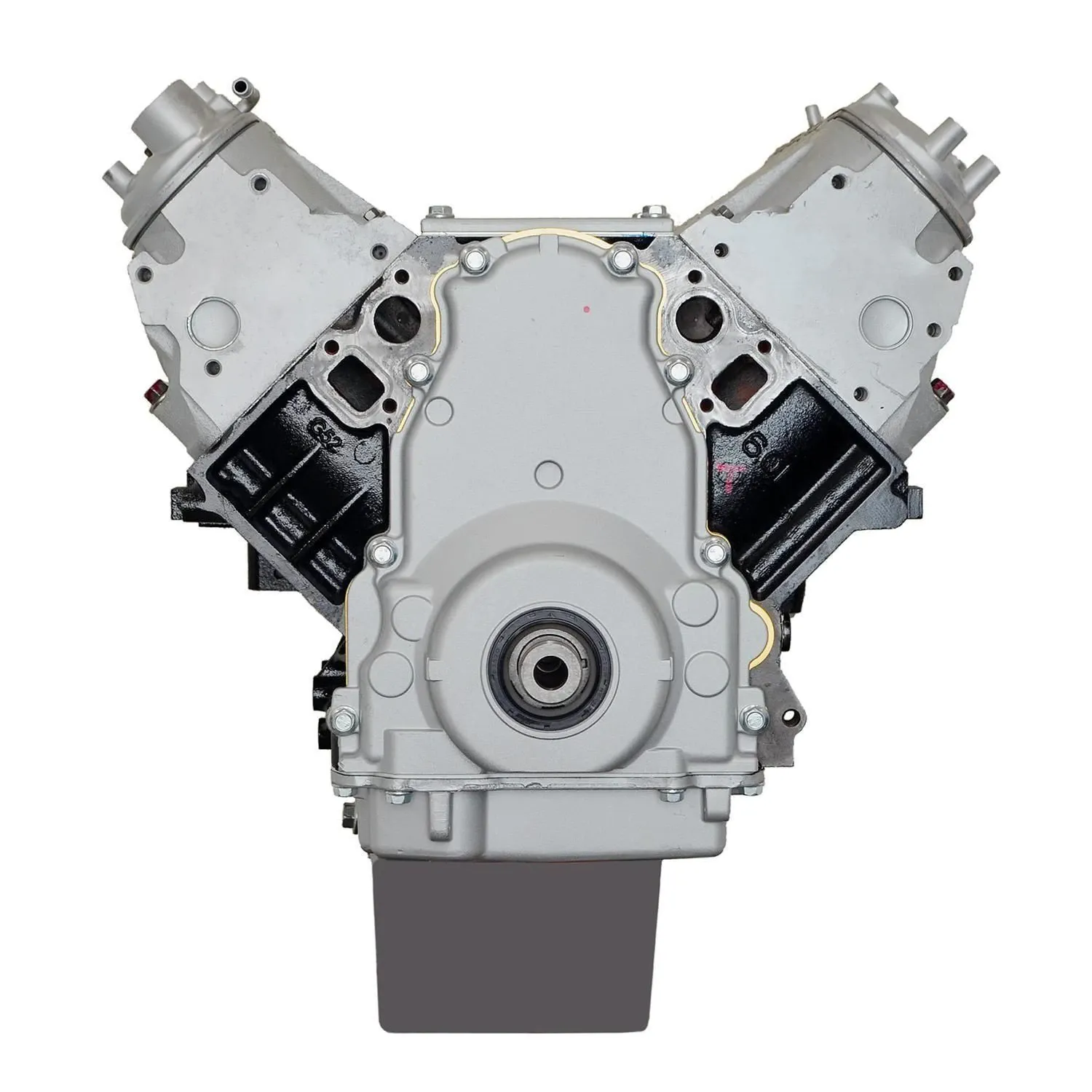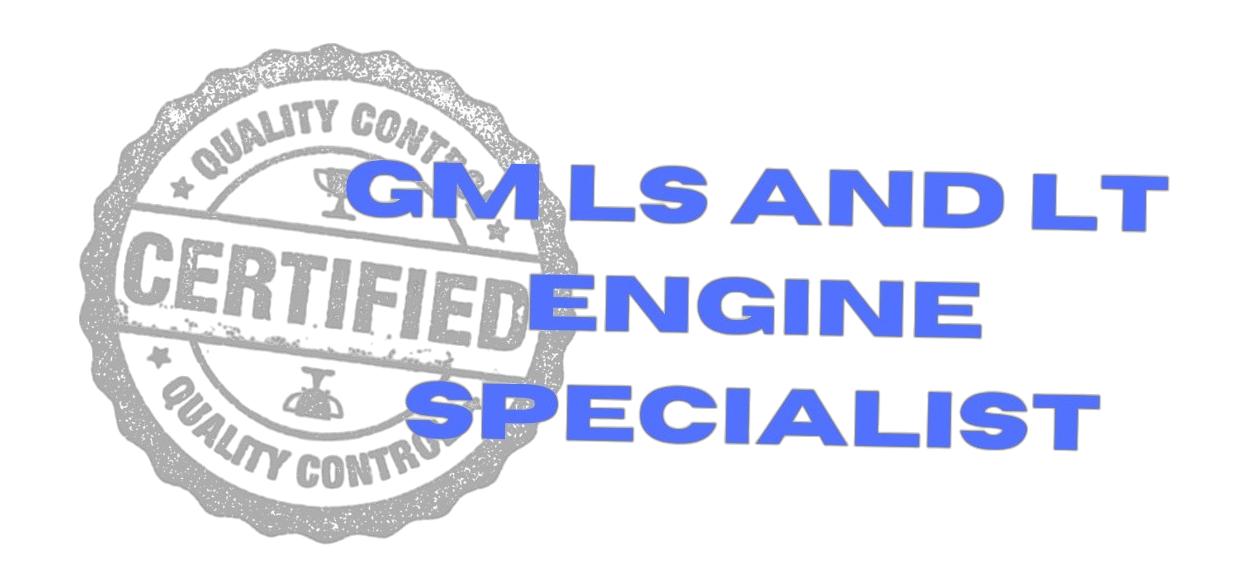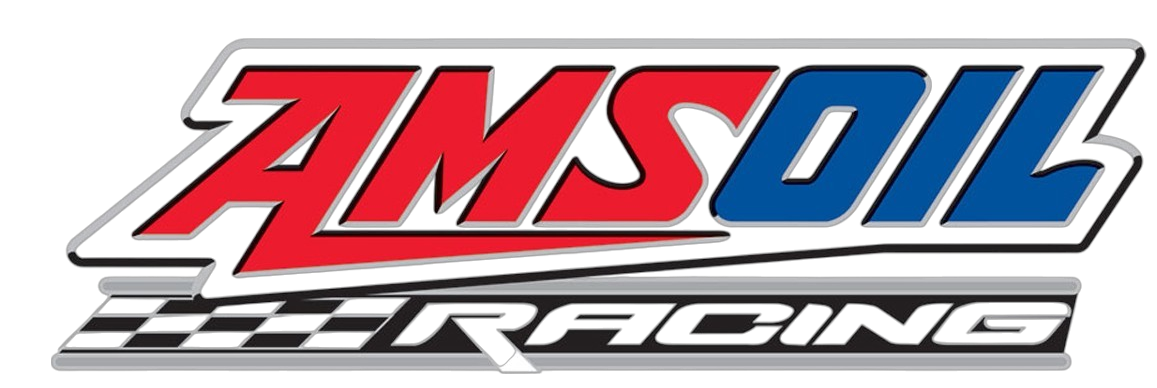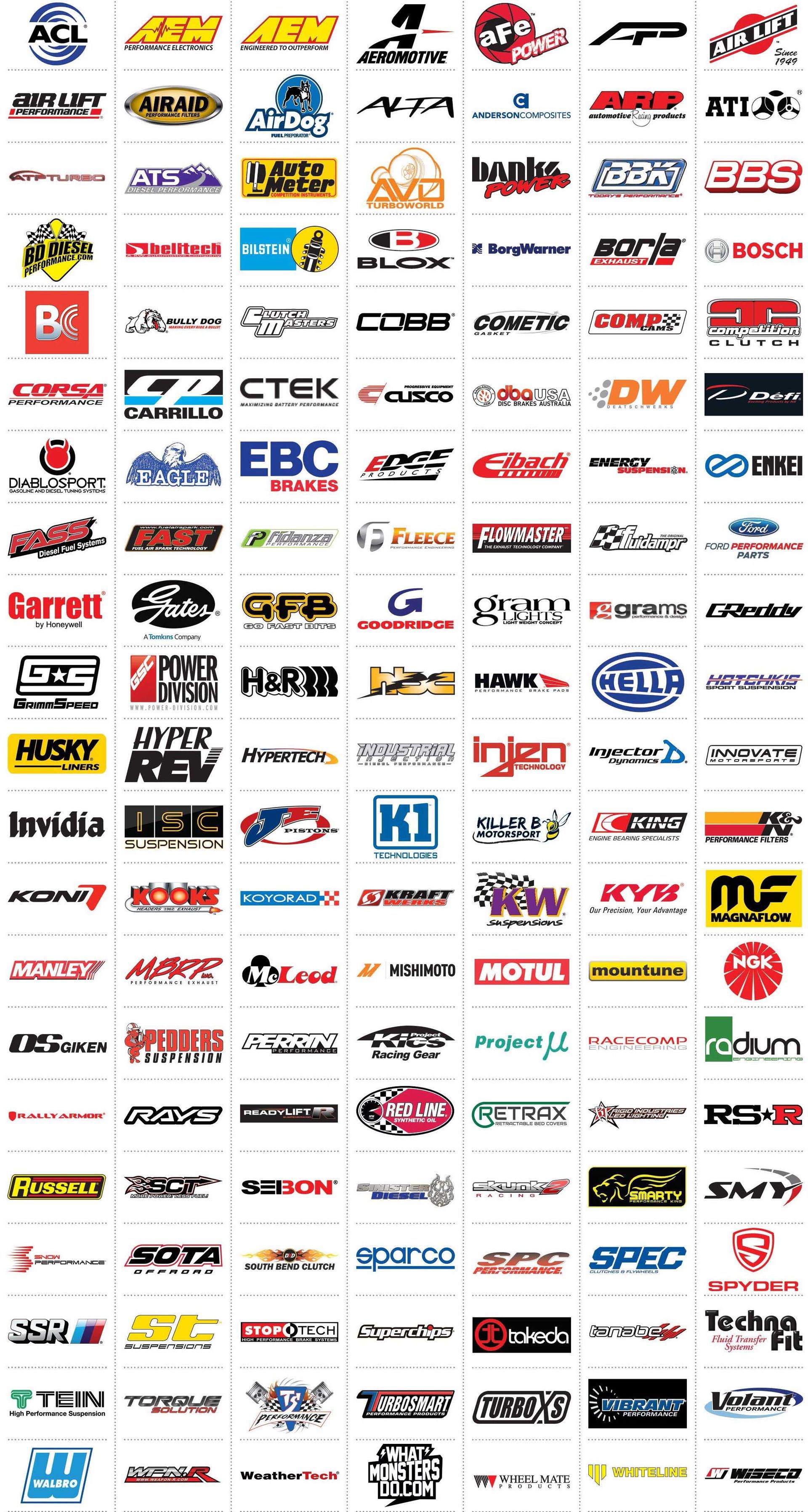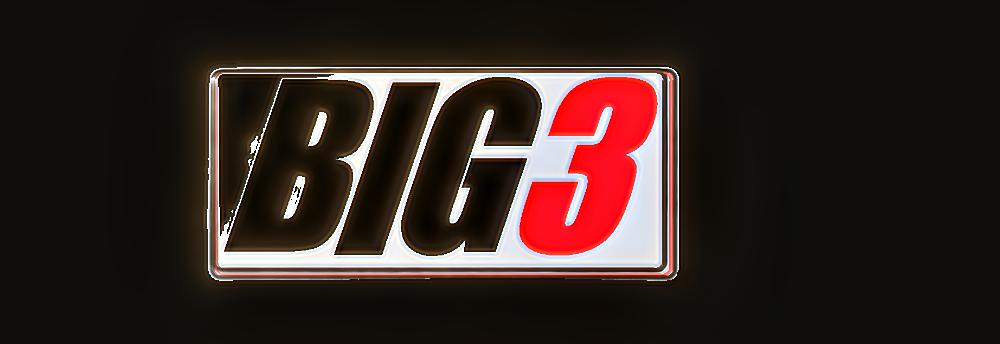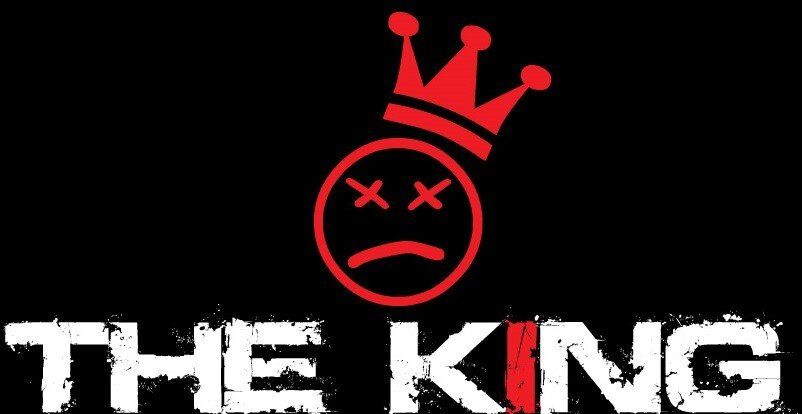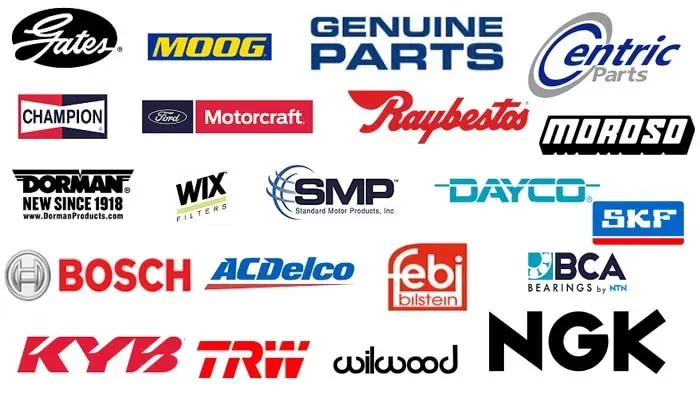"Doing things the Hard-Way, the Long-Way. Its not easy, but it comes out a whole hell of a lot better"
Below are the steps typically used in engine block re-manufacturing process.
STEP 1) ENGINE BLOCK DISASSEMBLY
All blocks are visually inspected for casting defects prior to their disassembly and the beginning of engine block re-manufacturing. The parts are then removed and individually inspected for damage and cause of failure. The oil and water passage plugs are removed to insure optimum results during the thermal cleaning process.
Only premium castings are used for our automotive and marine blocks, all castings are replaced in all salt-water applications. Our Basic high performance engines are built with premium cores. In our Premium Performance Line All New castings are used, as we never employ repaired castings or sleeved blocks.
STEP 2) ENGINE BLOCK THERMAL CLEANING
The thermal cleaning system gives customers the closest thing to a new casting, taking engine parts to a whole new level of clean. The heaters emit uniformly controlled heat, which is evenly distributed throughout the chamber. This method totally eliminates the concentration of intense heat or flame entering the chamber, which could overheat, warp or melt parts. The load is heated to 650-800 F (340-427C) in an oxygen deficient atmosphere, where the combustible hydrocarbons decompose and parts leave the oven completely dry. This baking process is used on cast iron blocks only. Ash residue is easily removed by stainless steel shot blasting which is the next step of our block conditioning services.
STEP 3) ENGINE BLOCK SHOT BLASTING
A shot-blasting machine employs a cleaning method using stainless steel shot. This finishing process is used by most facilities to remove surface contamination such as rust and irregularities from engine blocks during re-manufacturing. The result of this method is a cleaner smoother surface finish to make easy the detection of surface and subsurface casting defects during quality inspection.
To insure stress free casting, the peening process is used to impart compression strength to metal parts. This is accomplished by metal shot pellets acting like miniature ball peen hammers as they strike the entire surface of the block. All iron castings are put through this process before a preliminary inspection for defects is done.
STEP 4) ENGINE BLOCK MAGNAFLUXING
Magnetic particle inspection is the most definitive method of detecting cracks and imperfections in any ferrous engine parts. This procedure, as part of our engine restoration services, assures the highest quality cast iron blocks. The next process is pressure testing, but first, let us explain how aluminum blocks are cleaned, pressure tested and checked for casting defects.
STEP 5) ENGINE BLOCK HIGH PRESSURE WASH
The first stop for a qualified aluminum engine block during re-manufacturing is a spray cleaning system. With twice the spraying power and a dramatically increased number of multi integrated spray nozzles, this state of the art system assures that all oil, dirt and foreign material is removed from even the smallest of oiling holes. Cleanliness of the aluminum engine block is essential to insure an accurate inspection. This process is used on all aluminum engine blocks as a first step prior to the second step of ultrasonic cleaning.
STEP 6) ENGINE BLOCK SONIC CLEANING
The second process in the cleaning of aluminum blocks is the ultrasonic cleaning method, long known as the "benchmark" in cleaning and engine restoration services. Hundreds of specifications reference an ultrasonically cleaned part as the ultimate target for cleanliness. Ultrasonic cavitation is able to clean right down to the surface of a part and beyond. It is also able to reach internal areas, which are not accessible by using other cleaning means including spray and mechanical agitation. The forceful nature of ultrasonic energy provides the physical "push" required to break the mechanical and ionic bonds that hold very small particles to surfaces. Once cleaned the block is sent for pressure testing.
STEP 7) ENGINE BLOCK PRESSURE TESTING
Most of our builders use the Delta Pressure tester to double check for pin holes after magnafluxing and dye testing are completed. Cracks and defects not detected during the first process are found at this time. This second process insures the integrity of all castings used in available products.
STEP 8) ENGINE BLOCK PREPARATION
A complete visual inspection of the block is performed. Repairs will be made to minor casting defects, removal of broken bolts are performed as well as repair and tapping of threads. Gasket surface repairs are performed to minimize stock removal. The next step of engine block re-manufacturing is align honing.
STEP 9) ENGINE BLOCK MACHINING
Our builders continue their commitment to excellence by using an enclosed CNC machining center. These machines are fully computerized and are equipped with an automatic tool changer. They are a very fast, accurate and versatile machine for all of our engine block and general machining needs. These machines hava a wireless probe that automatically identifies the block, levels the block, measures deck heights & cylinder bore sizes. This computerized probe takes all operator error out of the setup process.
Our builders use this machine to resurface the decks through the milling process, bore the cylinders, chamfer the top of the cylinders, as well as line boring blocks and cylinder heads with a 90 degree boring head. When milling a block it is essential to acquire proper Ra finish for each block. These machines are set up to automatically determine Ra finish based on the type of block, be it aluminum or cast iron, and by the type of gasket used for each specific application. When milling most utilize CBN (cubic boron nitride) cutters, which are second in hardness only to a diamond. The surface finish is then checked by using a tester such as the Mitutoyo SJ-301. The Mitutoyo SJ-301 is often utilized twice, once after resurfacing and again before final assembly, this insures proper measurement of Ra by using the SJ-301.
STEP 10) ENGINE BLOCK ROD RECONDITIONING
The ideal equipment for precision rod reconditioning and pin fitting is the Sunnen LBB-1600 Hone, which measures accuracy within .0001". This hone method is preferred all over the world for its ability to produce a round and straight honed bore equal to or better than the manufacturer's new rods.
All high performance engines are fitted with ARP high strength bolts and nuts prior to rod reconditioning. Once reconditioning of the rods is accomplished the next step of engine restoration is honing of the cylinders.
STEP 11) ENGINE BLOCK HONING
Our partners use honing machines with the perfect combination of machine tooling and abrasives for precision automatic cylinder honing. The machines are equipped with a full-bore profile display which shows a real-time cross section of the bore, taking the guesswork out of removing taper. For unattended operation, the auto dwell feature will automatically dwell the honing action in the tightest areas of the bore. These machines also offer infinitely variable crosshatch angles for any bore diameter and cylinder length – all of which can be changed on the fly.
Final assembly and completion of engine block re-manufacturing is not started until all blocks go through a final wash.
STEP 12) ENGINE BLOCK HIGH PRESSURE WASH
Following these precise machining procedures and engine restoration services, our blocks undergo a second high pressure wash cycle to guarantee the removal of any debris that may have adhered or become dislodged during the machining process. Absolute cleanliness is necessary for the next step, which is final assembly. After the blocks receive a final wash we clean all parts ultrasonically.
STEP 13) ENGINE BLOCK SONIC CLEANING
The proper second process is ultra sonic cleaning of all parts old and new prior to assembly of the engine. This Ultrasonic Cleaning Method is long known as the "benchmark" in cleaning. Hundreds of specifications reference an ultrasonically cleaned part as the ultimate target for cleanliness. Ultrasonic cavitation is able to clean right down to the surface of a part and beyond. It is also able to reach internal areas, which are not accessible by using other cleaning means including spray and mechanical agitation. The forceful nature of ultrasonic energy provides the physical "push" required to break the mechanical and ionic bonds that hold very small particles to surfaces. Once the parts are cleaned, they are now ready to be assembled in our engine.
STEP 14) ENGINE BLOCK ASSEMBLY
At our suppliers there are no assembly lines during engine block re-manufacturing. All engines are custom built. Each assembler does a visual inspection of the block, heads, crankshaft and all-inclusive parts prior to assembly. The Ra tester is used to check all cylinder bores, crankshaft journals and gasket surfaces. All parts such as crankshafts, bearings, cylinder bores, pistons, rings, connection rods, main saddles, lifter and camshaft bores are measured for proper size.
Each block is fitted with new full circle cam bearings, oil restrictors, relief valves, new water and oil plugs. The crankshaft is fitted in the block with new high quality bearings and each journal clearance is checked with plastigage, torqued and double-checked. New rings are then fitted in each bore to assure proper end gap. Each new piston is checked for proper clearance in each bore. The rings are installed on the piston and assembled into the bores. A new camshaft is then fitted into cam bearings bores and all new timing components are installed and double-checked by an assembly supervisor.
Cylinder heads are then installed with new head bolts and new Felpro or Victor head gaskets. The block now receives new lifters, push rods and rocker arms which are adjusted and a second check completed by an assembly manager. Each cylinder is then accurately checked for seal integrity to assure no compression or water leaks. At this point the engine is primed with special lubricant and a new oil pump. The assembly supervisor then conducts the final inspection of the engine.

